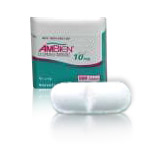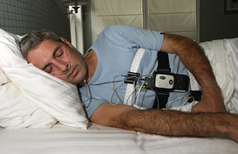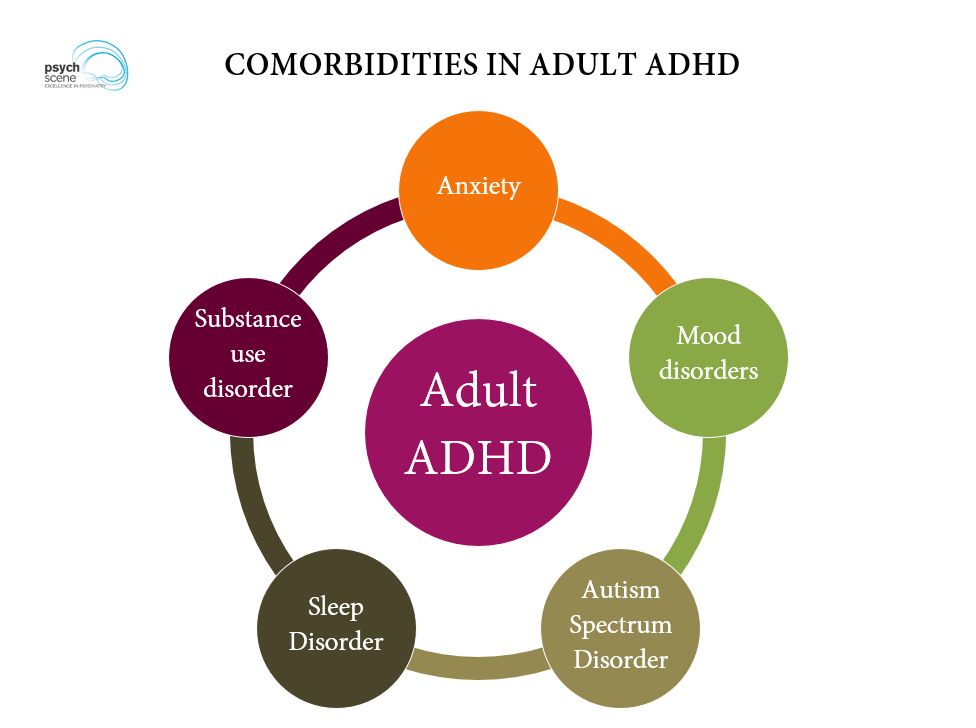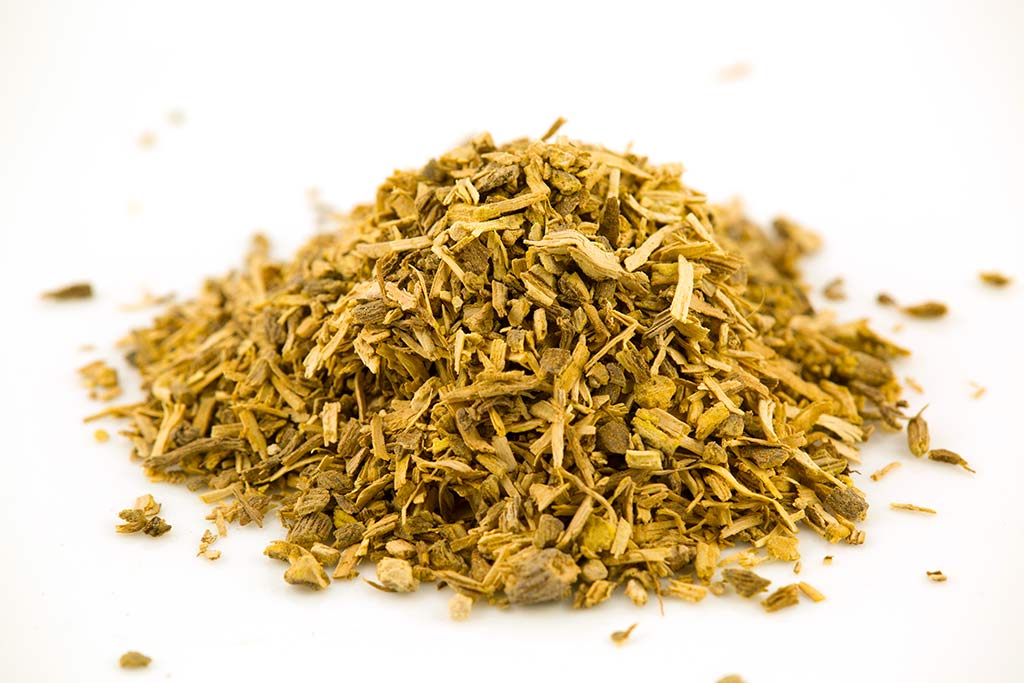RLS in Children.
RLS in Children has become an issue of immense importance in child health care,although wecannot be sure as to the exact percentage of RLS child sufferers, there have been several localised studies. Astudy at the Mayo Sleep Disorder Center showed that prevalence of this disorder inchildren 18 years or younger to be 5.9%.
It has been shown that between 38% and45% of adults started having symptoms before they were 20 years of age.
Children withRLS can be mistakenly labeled as hyperactive or just fidgety as children canbecome restless anyway when in cramped and restrictive situations. Children’sRLS symptoms are resolved with motor movements such as walking and running andother leg movements. Child sufferers can only stop their symptoms for a veryshort time. Childhood RLS symptoms can be reduced as can for example growingpains by sensations of hot and cold.
Childhood diagnosis of RLS is therefore very difficult. Again there is aproblem in the description of symptoms–children tend just to say they are experiencing pain but this is a very generalterm and if the child complains too much of pain it is unlikely to be RLS. Ifmovement resolves the said pain then the problem is likely to be RLS and alsoif disrupted sleep is reported. The diagnosis can easily be confused with SDBor sleep disordered breathing.
Interestinglychildren with a diagnosis of ADDH or Attention Deficit Disorder or aggressivebehaviour often have symptoms of RLS or PLMS.
Back From RLS in Children to RLS Index






